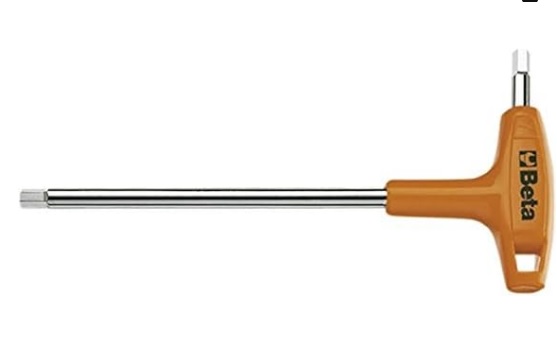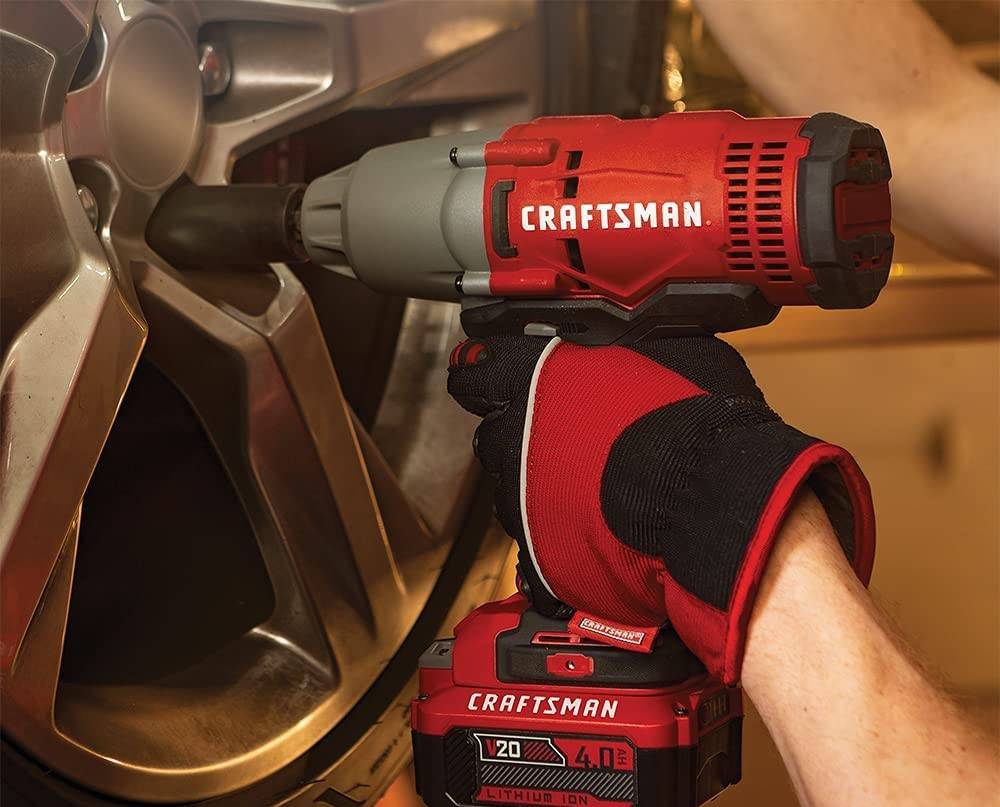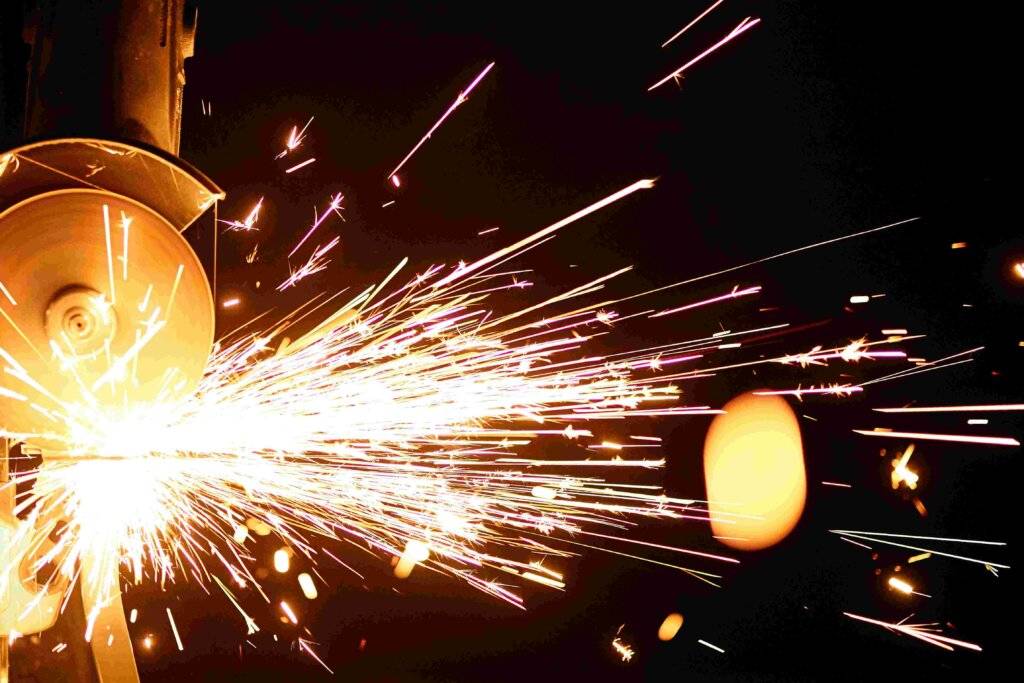For technicians, mechanics, and anyone involved in intricate assembly or disassembly tasks, the right tools can significantly impact efficiency and precision. Among these essential tools, the T-handle Allen wrench stands out for its ergonomic design and enhanced torque capabilities, making it a preferred choice for various applications. This article delves into the technical aspects of T-handle Allen wrenches, exploring their advantages, considerations for selection, and common applications.
Understanding T-Handle Allen Wrenches
A T-handle Allen wrench, also known as a T-handle hex key, is a specialized tool designed to drive Allen screws, which have hexagonal internal sockets. Unlike traditional L-shaped Allen wrenches, T-handle versions feature a perpendicular handle that forms a “T” shape, offering several key advantages:
Increased Torque: The extended handle provides greater leverage, allowing technicians to apply more torque with less effort. This is crucial when dealing with stubborn or tightly fastened screws.
Ergonomics: The T-shape offers a more comfortable and secure grip, reducing hand strain during extended use.
Versatility: While primarily used for driving Allen screws, some T-handle wrenches can also be used as a makeshift screwdriver in a pinch.
Key Considerations for Selection
When selecting T-handle Allen wrenches for professional use, several factors should be considered:
Material: High-quality wrenches are typically made from hardened steel, ensuring durability and resistance to wear and tear. Chrome vanadium steel is a common choice due to its strength and corrosion resistance.
Size and Metric/SAE: Wrenches are available in a wide range of sizes to accommodate various screw sizes. Ensure the set includes the most commonly used sizes for your specific applications. Choose between metric or SAE (Standard) sizes based on your needs.
Handle Design: Consider the handle’s shape and size for optimal comfort and control. Some wrenches feature contoured grips or rubberized coatings for improved grip.
Ball End vs. Straight: Ball-end wrenches offer greater access to screws in tight spaces. However, straight wrenches often provide better torque transmission.
Applications of T-Handle Allen Wrenches
T-handle Allen wrenches find widespread applications in various industries and fields, including:
Mechanical Engineering: Assembly and disassembly of machinery, equipment maintenance, and repair.
Automotive Repair: Working on engines, transmissions, and other components.
Bicycle Mechanics: Adjusting derailleurs, brakes, and other components.
Electronics Manufacturing and Repair: Assembling and repairing electronic devices.
Furniture Assembly: Tightening and loosening bolts and screws in furniture.
Safety Considerations
Proper Use: Always use the correct size wrench to avoid stripping the screw head.
Apply Force Gradually: Avoid sudden or excessive force, which can damage the screw or the wrench.
Wear Safety Glasses: When working with tools, always wear safety glasses to protect your eyes from flying debris.
Conclusion
T-handle Allen wrenches are indispensable tools for technical professionals across various industries. Their ergonomic design, enhanced torque capabilities, and versatility make them a valuable addition to any toolbox. By carefully considering factors like material, size, and handle design, technicians can select the best T-handle Allen wrenches for their specific needs and improve their efficiency and productivity.



